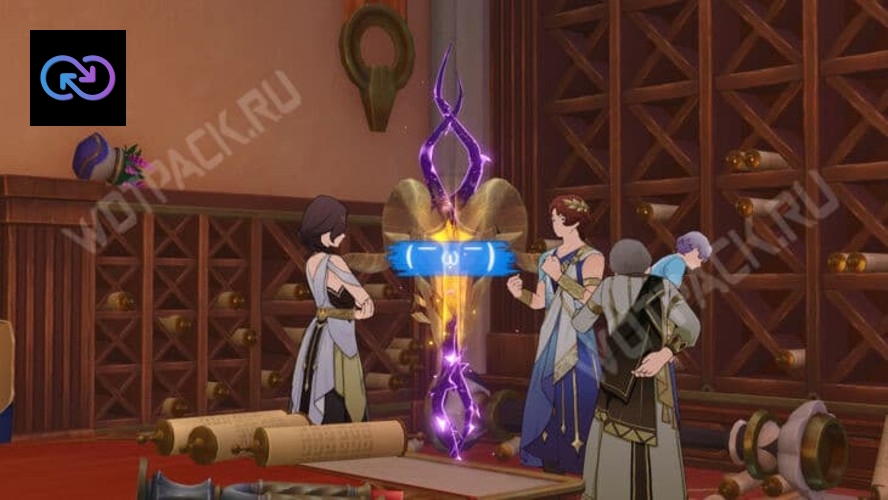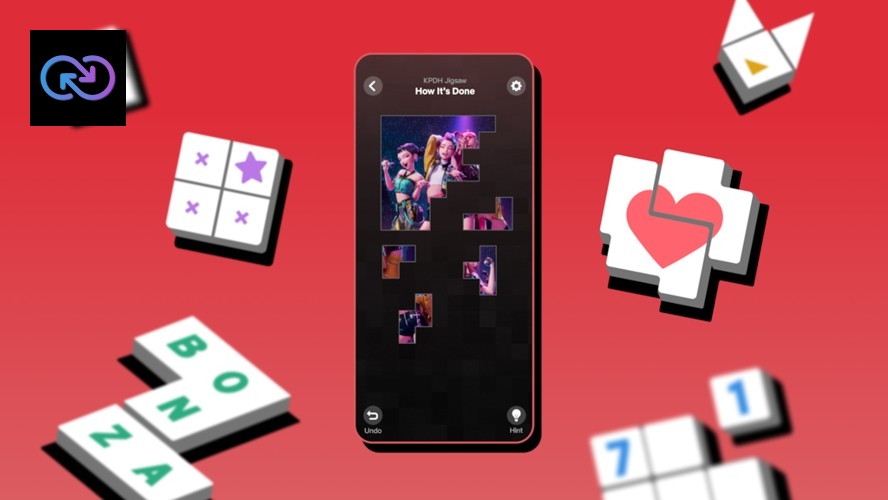Netflix is a popular platform for streaming TV dramas and films, offering a vast library of entertainment content. Netflix unblocked(https://www.safeshellvpn.com/b....log/netflix-unblocke ) refers to the process of gaining access to Netflix content that might be restricted or unavailable in certain regions, often through methods like VPNs or proxy servers, enabling users to enjoy a broader range of shows and movies beyond their local restrictions.
Why Opt for SafeShell to Access Netflix Unblocked
If you want to access region-restricted Netflix content through Netflix unblock, you may want to consider the SafeShell VPN(https://www.safeshellvpn.com/?utm_source=blog ) . 1. SafeShell VPN effectively circumvents geo-restrictions and evades detection by Netflix's VPN and proxy systems, enabling seamless access to the full Netflix library regardless of your location. 2. It offers high-speed servers designed specifically for smooth streaming, ensuring you enjoy high-definition content without buffering or interruptions. 3. The platform supports simultaneous connections on up to five devices across various operating systems, providing flexibility and convenience. 4. With advanced encryption protocols and its proprietary ShellGuard VPN protocol, SafeShell VPN guarantees your online privacy and security, protecting your activities from unwanted surveillance. 5. Additionally, features like the exclusive App Mode allow users to unlock content from multiple regions, broadening your entertainment options. Overall, SafeShell VPN combines speed, security, and versatility to deliver an effortless and secure streaming experience for Netflix users worldwide.
How to Use SafeShell VPN to Unlock Netflix
Unlocking global Netflix content is easy with SafeShell Netflix VPN(https://www.safeshellvpn.com/a....pps/netflix-vpn/?utm ) , a powerful tool designed for streaming enthusiasts. Here's how to start your worldwide entertainment journey:
Download SafeShell VPN from their official website and install it on your preferred device
Launch the application and sign in with your account credentials
Select APP mode for optimal streaming performance with Netflix
Browse the server list and connect to your desired region's server (choose countries like Japan for anime or UK for British shows)
Open your Netflix app or website and sign in to instantly access that region's exclusive catalog
If you encounter any streaming issues, try switching to a different server in the same region for better connection speeds
SafeShell Netflix VPN ensures you can watch content from virtually any country without geographic restrictions, all while maintaining your online privacy.















